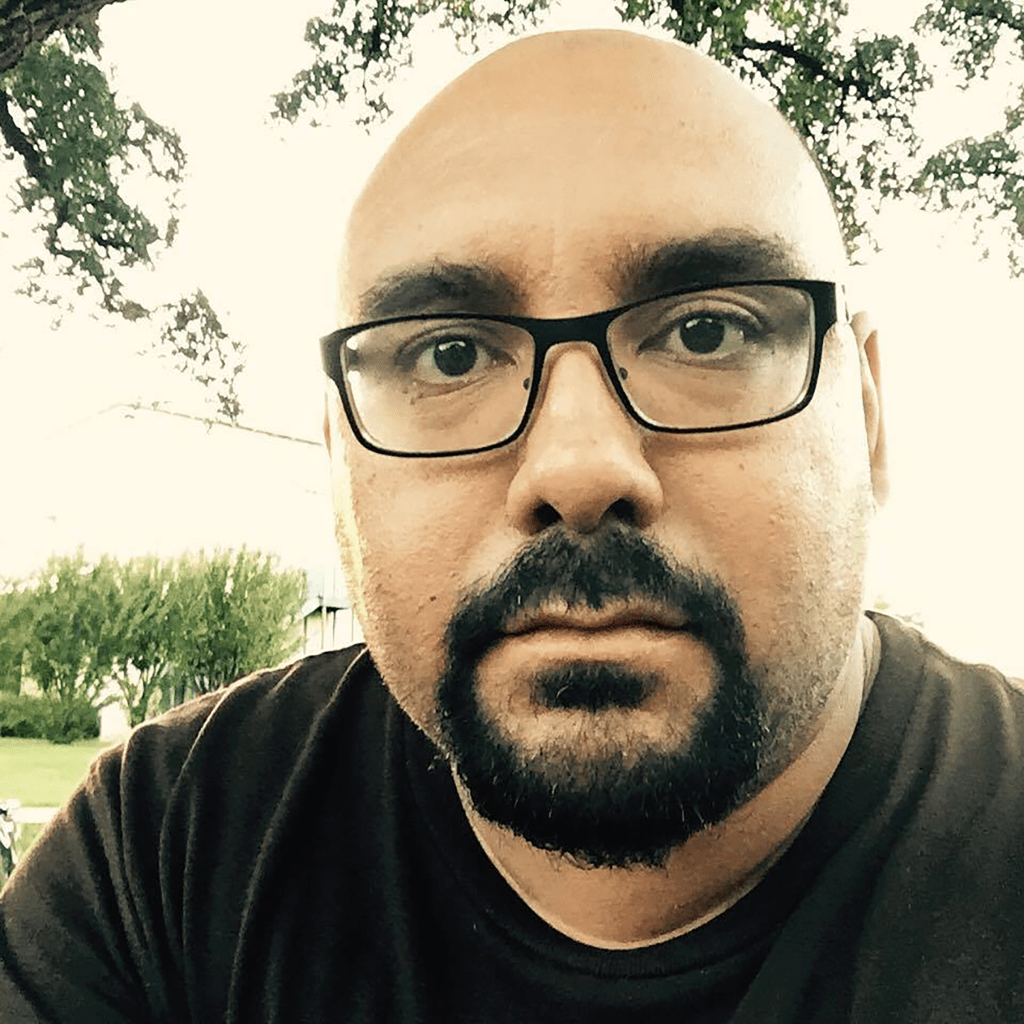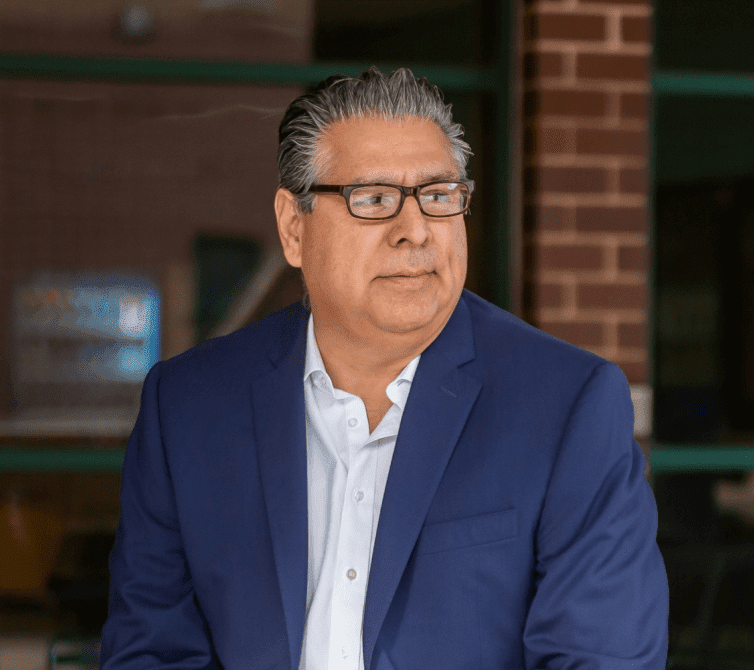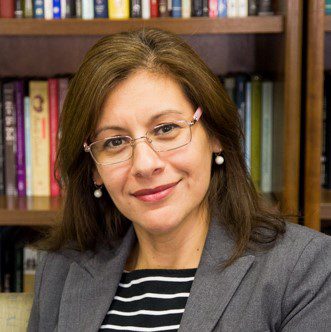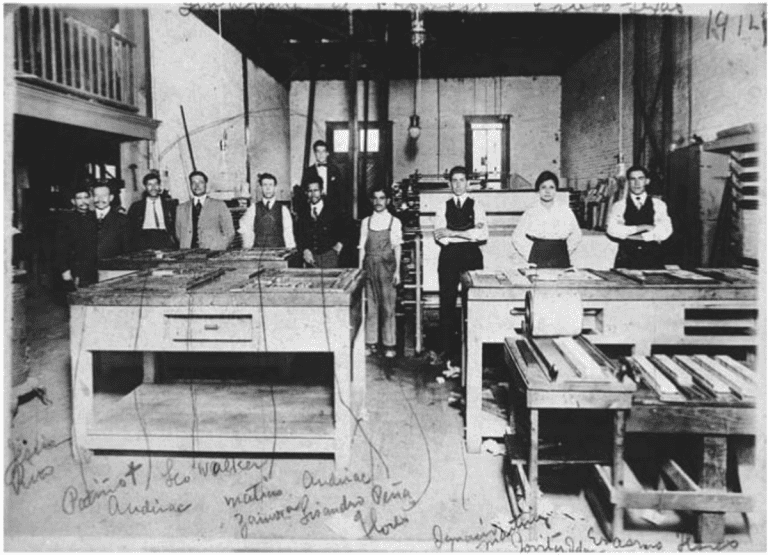Last week, the Organization of American Historians awarded the prestigious Friend of History Award to Refusing to Forget. The award recognizes an institution or organization, or an individual working primarily outside college or university settings, for outstanding support of historical research, the public presentation of American history, or the work of the OAH. The citation reads as follows:
Refusing to Forget, an award-winning educational nonprofit, works to increase public awareness of an often-forgotten period in the history of the United States, and to raise the profile of a struggle for justice and civil rights that continues to influence social relationships today.
Between 1910 and 1920, ethnic Mexicans living on the Texas-Mexico border were targets of state-sanctioned violence. The dead included women and men, the aged and the young, longtime residents and recent arrivals. They were killed by strangers, by neighbors, by vigilantes, and at the hands of local law enforcement officers and the Texas Rangers. Some were summarily executed after being taken captive, or shot under the flimsy pretext of trying to escape. Some were left in the open to rot, others desecrated by being burnt, decapitated, or tortured. Extralegal executions became so common that a San Antonio reporter observed that “finding of dead bodies of Mexicans, suspected for various reasons of being connected with the troubles, has reached a point where it creates little or no interest. It is only when a raid is reported or an American is killed that the ire of the people is aroused.”
Far from being surreptitious, the violence was welcomed, celebrated, and even instigated at the highest levels of society and government. Although historians estimate that several thousand Mexican nationals and American citizens were killed, this period of violence has received little public attention.
The advocacy and awareness-raising work of Refusing to Forget has included the launching of a major museum exhibit at the Bullock Texas State History Museum and working to erect historical markers across seven Texas counties. It has meant convening conversations and creating lesson plans for K–12 educators. For all these efforts and in recognition of its continuing ambitions for the future, Refusing to Forget receives the 2021 OAH Friend of History Award.
Refusing to Forget’s members are:

Christopher Carmona, University of Texas Rio Grande Valley, Member 
Trinidad Gonzales, South Texas College, Co-founder 
John Morán González, University of Texas at Austin, Co-founder 
Sonia Hernández, Texas A&M University, Co-founder 
Benjamin Johnson, Loyola University Chicago, Co-founder 
Monica Muñoz Martinez, University of Texas at Austin, Co-founder
The Refusing to Forget team dedicated the OAH award to Melba Coody, a collaborator and friend who recently passed away. Coody was a descendant of Jesus Bazán and Antonio Longoria who were murdered in 1915 in Hidalgo County. She helped preserve that history, she loaned photographs for the Bullock Museum exhibit, presented her family history at public history events and at conferences, and volunteered her time to speak with journalists like Rosa Flores at CNN. We are grateful that her interview with Rosa Flores is available for people to watch online:
Refusing to Forget has previously won the American History Association’s Herbert Feis Award for distinguished contributions to public history and the Autry Public History Prize.
The projects undertaken by Refusing to Forget are remarkable–both for their scholarship and their public reach. In this profile, we highlight just a few of their many efforts to bring awareness to a period of state-sanctioned violence.
Life and Death on the Border, 1910-1920: An exhibit at the Bullock Texas State History Museum
Life and Death on the Border re-examines historic events in Texas during which some of the worst state-sanctioned racial violence in the U.S. occurred. On display from January – April 2016 at the Bullock Museum, Texas’ flagship history museum in Austin, the exhibit examined the climate for ethnic Mexicans living on the Texas-Mexico border who were targets of state-sanctioned racial violence during the early 20th century.
Complete with photographs, relics from family archives, Texas Ranger artifacts and more, the exhibition made connections between the past and the continuing struggle for justice today. The American Association for State and Local History (AALSH) awarded the exhibit the Leadership in History Award of Merit. The award acknowledges standards of excellence in the collection, preservation, and interpretation of state and local history in order to make the past more meaningful to all Americans.

You can listen as well to a 15 Minute History episode with John Morán González here.
Historical Markers Project
Beginning in 2014, the Refusing to Forget team started supporting applications for Undertold Historical Markers. The Texas State Historical Commission approved two historical markers in 2014, a third in 2015, and a fourth in 2016. In October 2017, the team unveiled the first historical marker in Cameron County to recognize the unknown victims of La Matanza (The Massacre) in 1915.
This project reflects wider efforts in Texas to recognize previously ignored or overlooked people, events, communities, and structures in Texas history. County historical commissions recently unveiled related state historical markers in Anderson County to memorialize the 1910 Slocum Massacre and in Karnes County to honor Gregorio Cortez. To date, the Undertold historical marker program has unveiled over 100 state historical markers.
Markers:
Jesus Bazán & Antonio Longoria, Hidalgo County
Porvenir Massacre, Presidio County
Antonio Rodríguez, Edwards County
Lesson Plans
To meet the requests from Texas teachers, Refusing to Forget is developing curriculum specifically designed for K-12 classrooms. These forthcoming lesson plans will provide historical context and activities for educators interested in incorporating the historical markers, which were recently passed by the Texas Historical Commission, into their local history units.

The first lesson plan available on Refusing to Forget’s website explores the life of Jovita Idar, who was a prominent civil rights activist and journalist in South Texas. The team at Refusing to Forget secured a historical marker for Idar in Laredo, Texas, and the lesson plan is designed to help educators contextualize the Jovita Idar historical marker. Designed for seventh grade classrooms, the sample lesson plans include a teacher guide, handouts, primary sources, and suggested activities.
The views and opinions expressed in this article or video are those of the individual author(s) or presenter(s) and do not necessarily reflect the policy or views of the editors at Not Even Past, the UT Department of History, the University of Texas at Austin, or the UT System Board of Regents. Not Even Past is an online public history magazine rather than a peer-reviewed academic journal. While we make efforts to ensure that factual information in articles was obtained from reliable sources, Not Even Past is not responsible for any errors or omissions.





